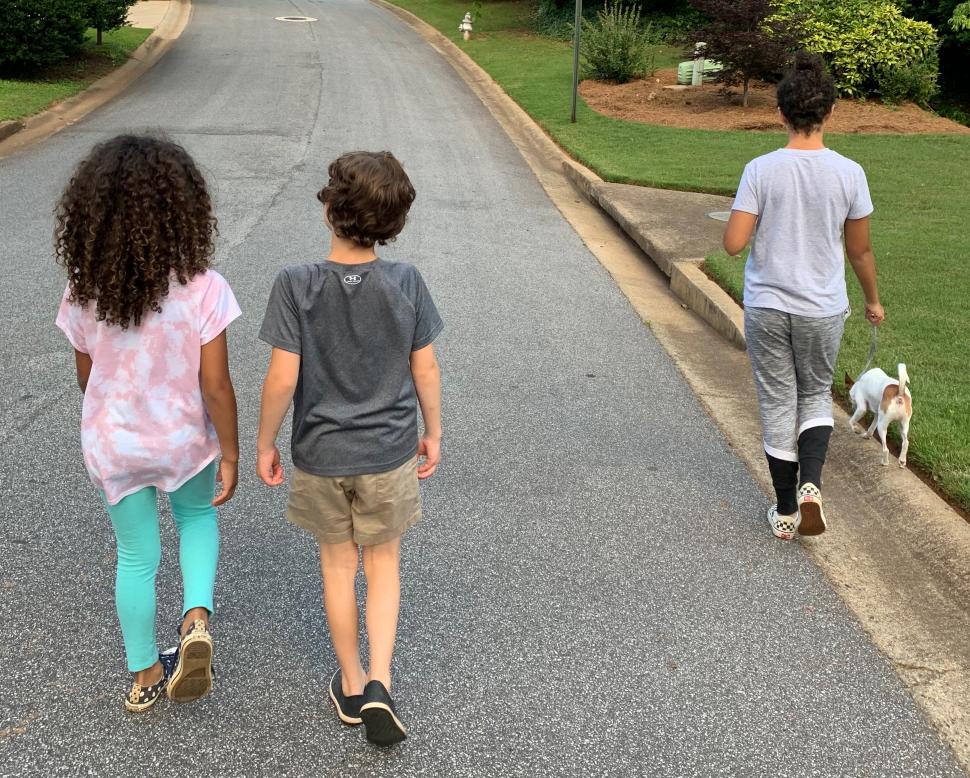
Teaching Children Responsibility and Compassion Through Pet Ownership
How do you teach your child that they are not always the center of the universe? That a life well-lived includes, at times, putting the needs of others above their own.
One way is through the adoption of a pet.
Bringing a pet into the family should be a group decision. Every family member has to realize that a pet is a living creature with real time needs and wants. Assigning specific chores can help a child become more nurturing, responsible and compassionate.
Easy as a walk in the park. Or is it?
Sure, getting a new dog or cat is romantically a great idea. Lots of playtime; sharing of snacks; walks on a sunny, warm day; cuddles on the couch. But what about those days when it’s pouring outside? When everyone is too tired to get off the couch?
Remember: It’s all fun and games until someone poops on the floor! Who cleans that up?
Consistency in pet care is key. Children must learn that animals, just like people, need nutritious food, fresh water and a clean, safe environment in order to thrive. Regular exercise and bathroom time is essential for a healthy pet and child!
Here is a suggested list of age-appropriate chores. Remember – each child and pet is unique. Age, temperament, attention span (for both pet and child) should all be taken into consideration when assigning tasks. Tasks should initially be adult supervised until everyone feels comfortable.
Ages 2 - 4 At this age children should help parents with chores. They can pick up dog toys and put them away in a basket – just as they should do with their own toys. They can say, “sit” for a treat (and then place treat on floor so as not to get accidentally nipped). They can follow along side the dog and adult during daily walks to get family exercise. Add hand washing when they are done.
Ages 5 - 7 A bit more independent, they should be able to measure out food and clean pet bowls. Some math skills can be acquired as they learn the difference between 1/4 cup, 1/2 cup, and full cup. (At this age feeding raw foods should be an exception as uncooked food must be properly and hygienically stored, fed and cleaned up). By making sure that the pet always has clean water, they learn that hydration is important to all living creatures.

Ages 8 - 10 As long as your child has proven they can handle the dog it’s time for them to walk the dog! (Again, temperament and size/strength of the dog need to be considered. Some larger dogs can end up taking a child for a walk, run or pull if not properly trained). Best practices on leash holding should be learned. Cage cleaning is another great chore. Just as they make their own bed every day, they should check their pet’s bedding to make sure it is clean.
Ages 11 – 12 Good hygiene is something these tweens need to learn! What better way than to wash the dog? A smelly dog (or child) is no fun. Once the pet is washed, make sure you include area cleanup as part of the project! As long as we are talking hygiene – It’s time they are on poop patrol. Whether cleaning up after their dog during a walk, scooping the poop in the back yard or cleaning a cat litter pan, proper pickup and discard is important. And remember human hand washing once the chore is completed!

Proof that the chore was done may not always be self-evident so creating a chore chart is good way to keep track. Younger children may feel even more pride when they check off each job when accomplished. Even more than a checkmark, the hugs and snuggles that they will receive from their pet is reward enough!
At the end of the day, remember to acknowledge your child’s work. Maybe even share a (human) snack. Praise well deserved. All these tasks are life lessons that will lead them on the path to becoming a nurturing, responsible and compassionate adult.
